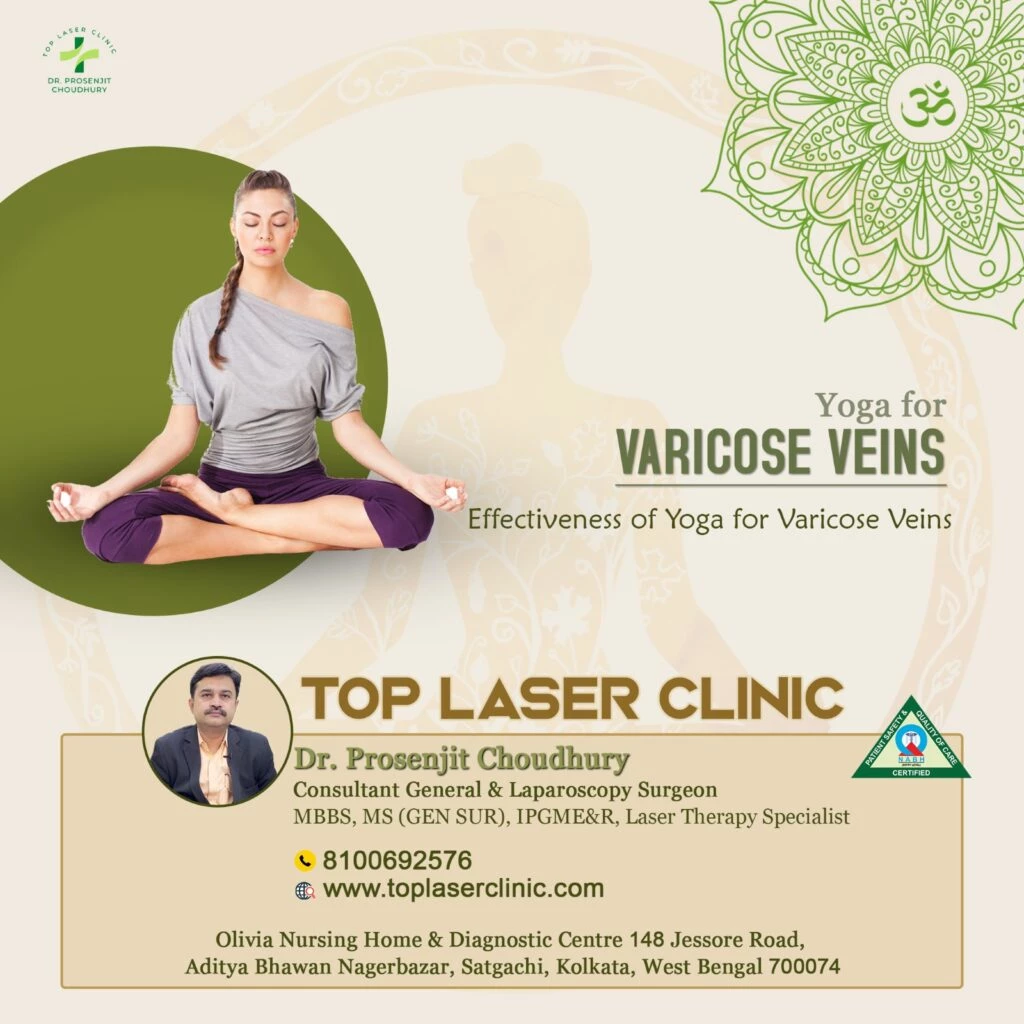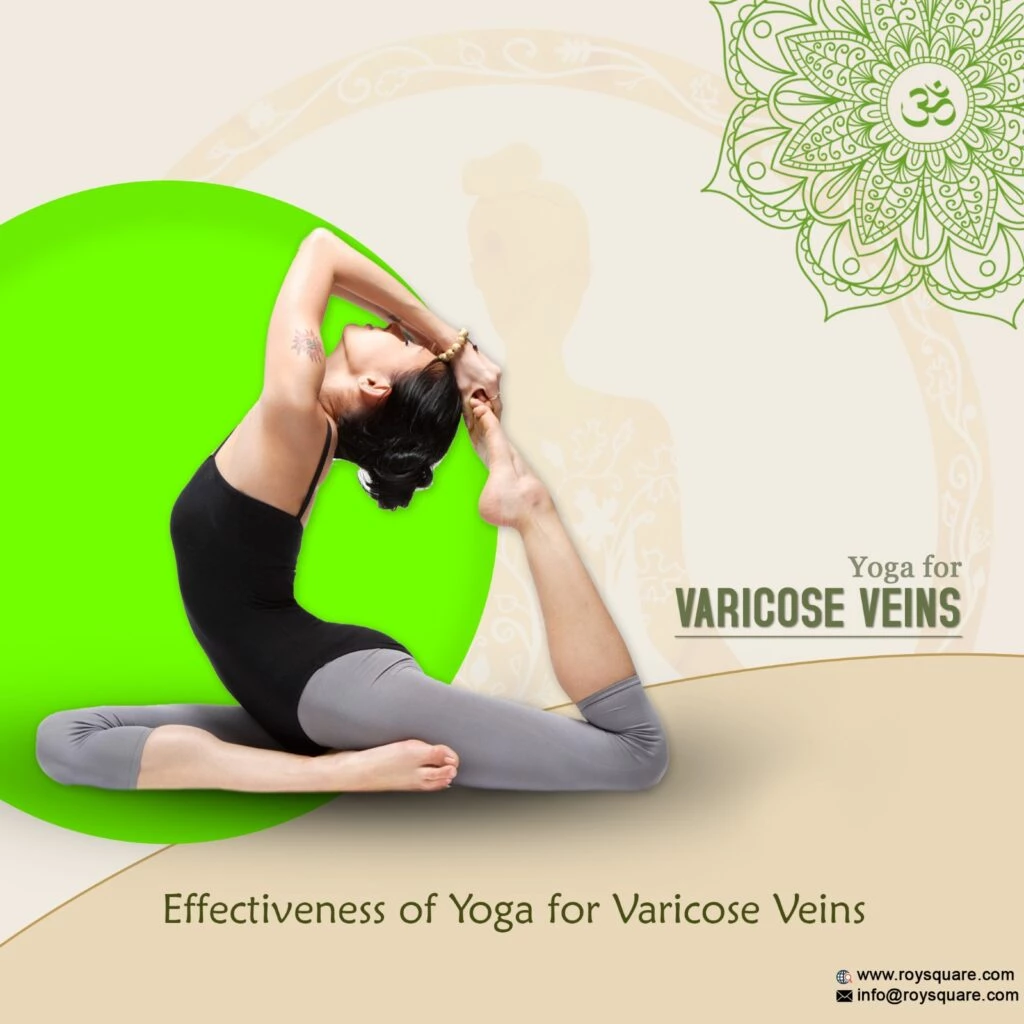
Table of Contents
Is Crepe bandage good for varicose veins:
Crepe bandages can be used as a supportive measure for varicose veins, particularly in cases where compression therapy is recommended. Compression therapy aims to improve blood flow in the veins and reduce symptoms such as swelling, pain, and discomfort.
Here are some guidelines for using a crepe bandage for varicose veins
1. Consult a healthcare professional: Before using a crepe bandage or any compression therapy for varicose veins, it is advisable to consult with a healthcare professional, such as a vascular specialist or dermatologist. They can assess your condition, provide appropriate recommendations, and guide you on the correct usage of a crepe bandage.
2. Choose the right size: Crepe bandages are available in different widths and lengths. Select a bandage size that fits comfortably around the affected area without being too tight or restrictive. It’s essential to strike a balance between providing sufficient compression and ensuring adequate circulation.
3. Apply with proper technique: Begin by wrapping the crepe bandage around the foot or ankle, moving upwards towards the calf. Make sure to overlap the bandage by about half of its width to maintain consistent compression. Avoid wrapping too tightly, as it can impede blood flow. It’s crucial to apply the bandage with consistent pressure but not to the point of causing discomfort or numbness.
4. Wear during the day: Crepe bandages are typically worn during the day and removed at night. Follow the specific instructions provided by your healthcare professional regarding the duration and frequency of bandage usage.
5. Regular reapplication: Over time, crepe bandages can lose their elasticity and effectiveness. It is recommended to reapply the bandage periodically or as advised by your healthcare professional to maintain the desired level of compression.
6. Monitor for any adverse effects: Pay attention to how the bandage feels and monitor for any signs of discomfort, skin irritation, or increased pain. If you experience any adverse effects or if the bandage feels too tight, loosen it or seek guidance from a healthcare professional.
Remember that while crepe bandages can provide temporary relief and support for varicose veins, they do not address the underlying causes or cure the condition. They are often used as part of a comprehensive treatment plan that may include lifestyle modifications, exercises, compression stockings, and medical interventions.
Does yoga improve varicose veins:

Yoga can be a beneficial addition to a comprehensive approach in managing varicose veins, but it does not provide a cure. Regular practice of yoga can help improve circulation, strengthen the muscles, promote flexibility, and reduce stress, which may indirectly contribute to alleviating some symptoms associated with varicose veins. Here are some ways in which yoga may be helpful:
Mudra for varicose Veins
1. Improved Circulation: Certain yoga poses and movements, such as inversions or legs-up-the-wall pose, can help facilitate venous return by encouraging blood flow from the legs back towards the heart. This can reduce blood pooling and relieve pressure on the veins.
2. Muscle Strengthening: Yoga postures that engage the leg muscles, such as standing poses, can help improve muscle tone and support the veins. Stronger leg muscles can assist in promoting proper blood flow and reducing the risk of venous insufficiency.
3. Flexibility and Range of Motion: Yoga helps improve flexibility and joint mobility, which can enhance circulation and reduce stiffness. Maintaining flexibility can also help prevent muscle imbalances and reduce the strain on the veins.
4. Stress Reduction: Chronic stress can contribute to the development and worsening of varicose veins. Yoga incorporates deep breathing techniques and relaxation practices that can help reduce stress levels. Stress reduction may indirectly benefit vein health by promoting better overall cardiovascular function.
While yoga can be beneficial, it is important to keep in mind the following:
1. Consult with a healthcare professional: If you have varicose veins or related conditions, it is recommended to consult with a healthcare professional before starting a yoga practice. They can provide guidance based on your specific condition and any precautions you may need to take.
2. Modify or avoid certain poses: Some yoga poses that involve intense pressure or compression on the legs, such as deep squats or poses that put excessive strain on the lower body, may not be suitable for individuals with varicose veins. Modify or avoid such poses to prevent exacerbation of symptoms.
3. Combine with other treatments: Yoga can be a supportive measure, but it is often most effective when combined with other treatments such as lifestyle modifications, compression therapy, and medical interventions,diet for varicose veins as recommended by your healthcare professional.